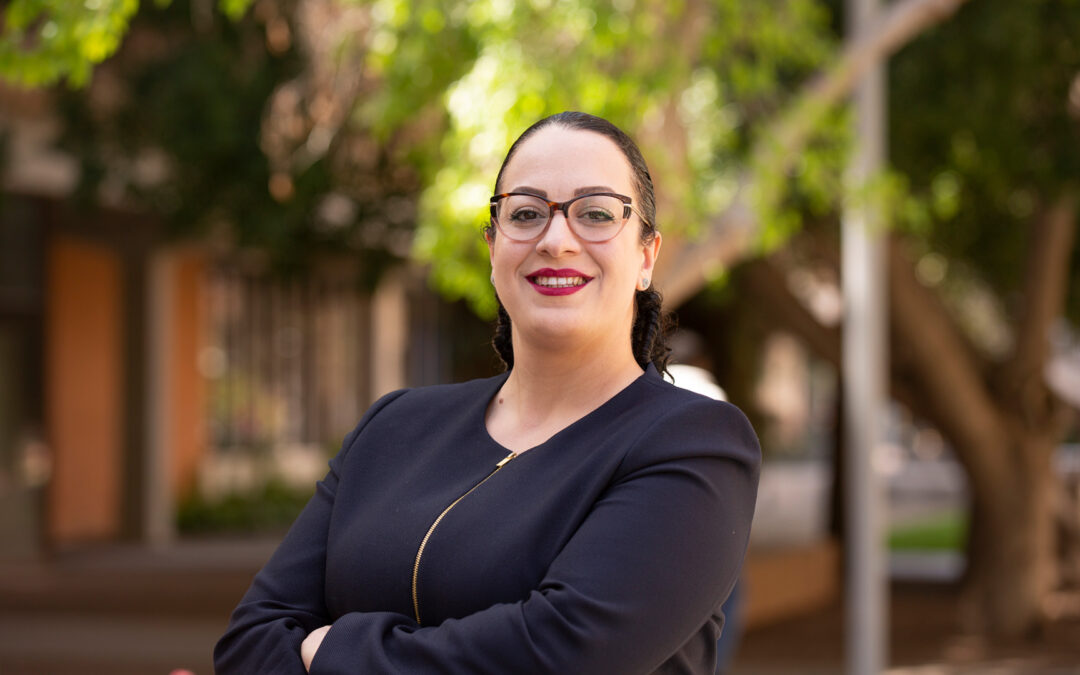As manufacturing returns to the U.S. and data centers become more prominent, electricity demand is accelerating faster than experts expected. Renewable power generation resources are gaining popularity to meet the increasing demand while decarbonizing the electrical grid to combat climate change.
Sustainable electricity technologies, such as wind turbines and solar panels, are changing the power generation paradigm due to different behavior than traditional power plants. Traditional plants provide electricity for thousands of households from fixed locations and can provide power at will using fossil fuels, dams or nuclear reactors.
In contrast, renewable energy resources such as wind turbines and solar panels are dependent on weather conditions and can be placed in multiple locations across the power grid. Grid engineers are still determining the best course of action to integrate renewable energy generation into the mix without compromising reliability.
Mojdeh Khorsand Hedman, an assistant professor of electrical engineering in the Ira A. Fulton Schools of Engineering at Arizona State University, is looking to tackle the challenge. Khorsand Hedman, a faculty member in the School of Electrical, Computer and Energy Engineering, part of the Fulton Schools, received a $500,000 2024 National Science Foundation Faculty Early Career Development Program (CAREER) Award to explore best practices to manage renewable energy resources dispersed around the power grid, along with flexible electricity demand.
Through the project, she aims to improve electricity reliability and affordability, emphasizing the impact on low-income households.
